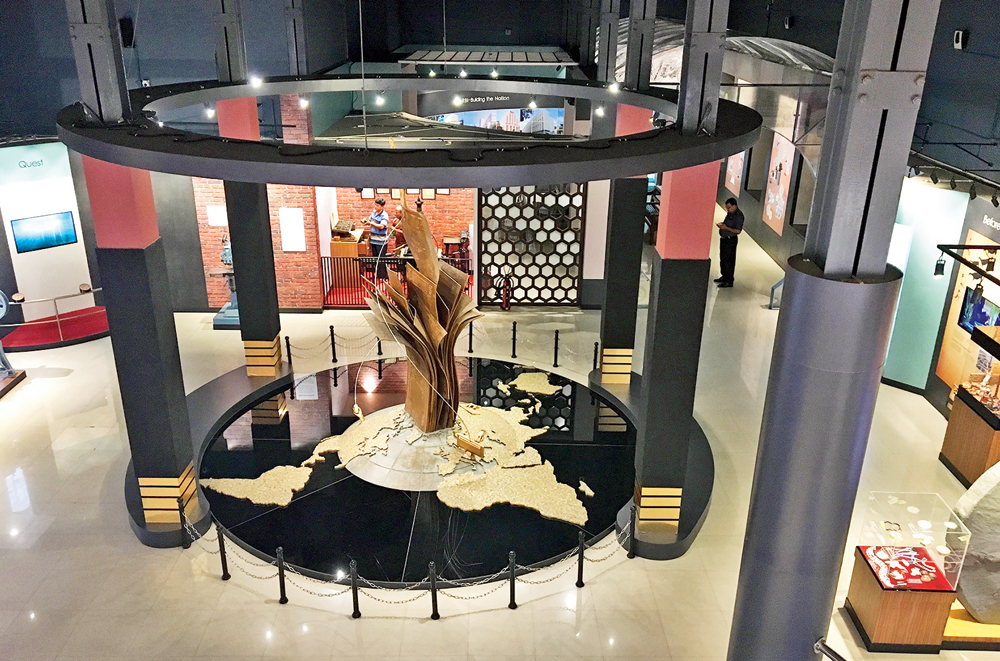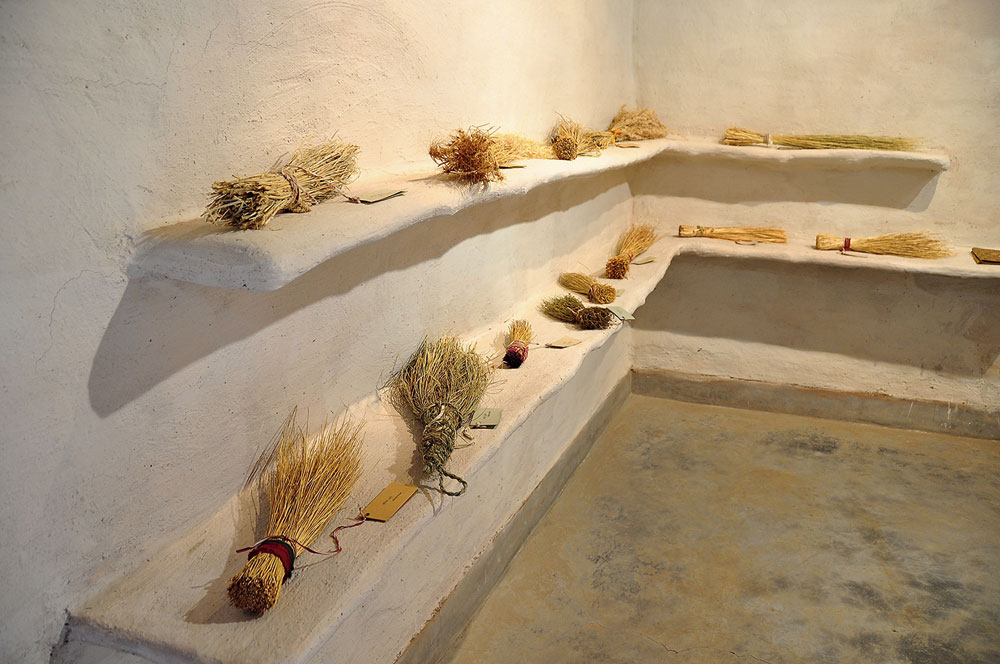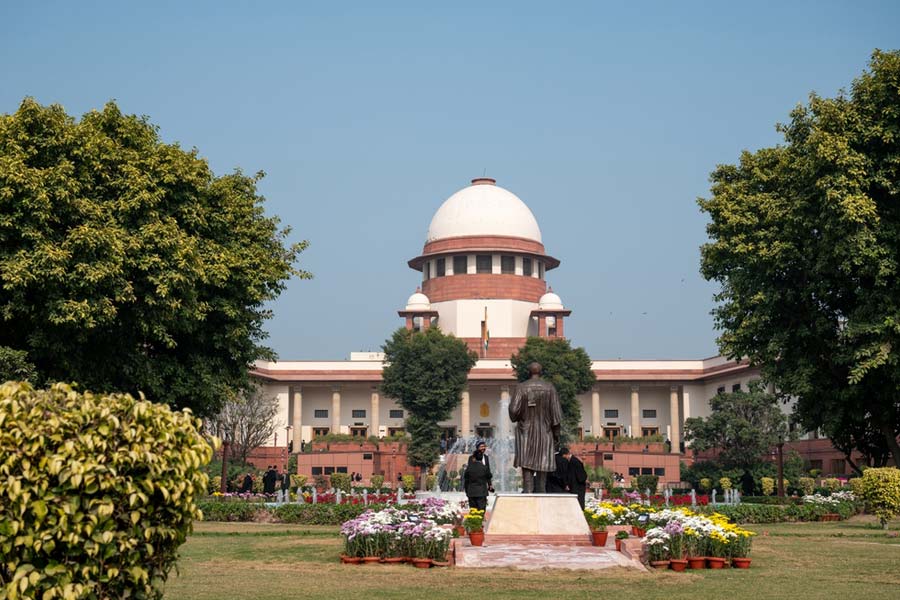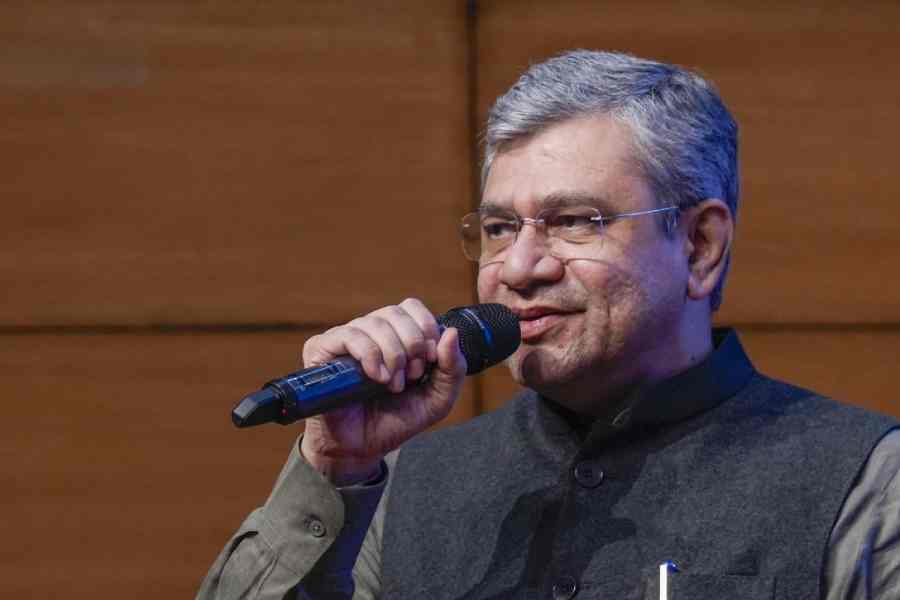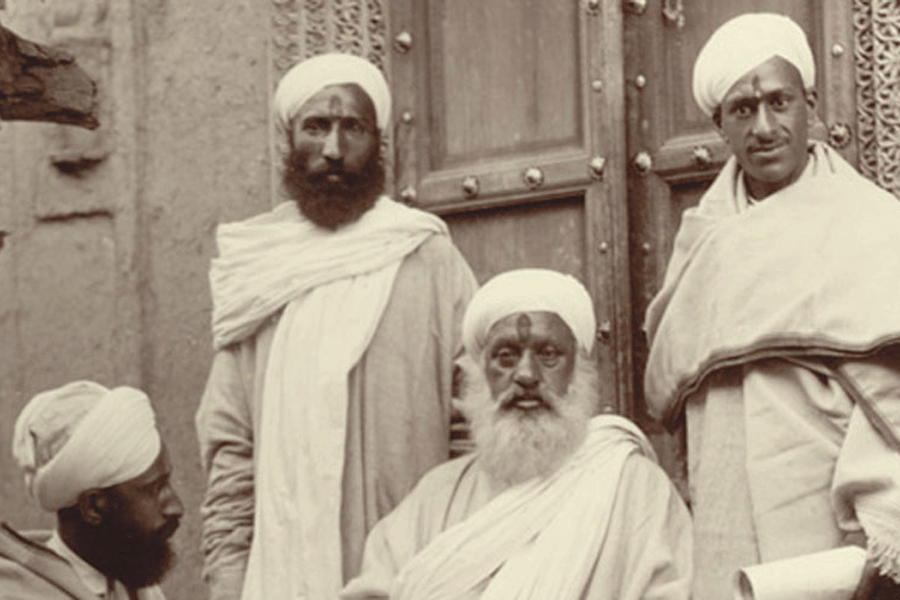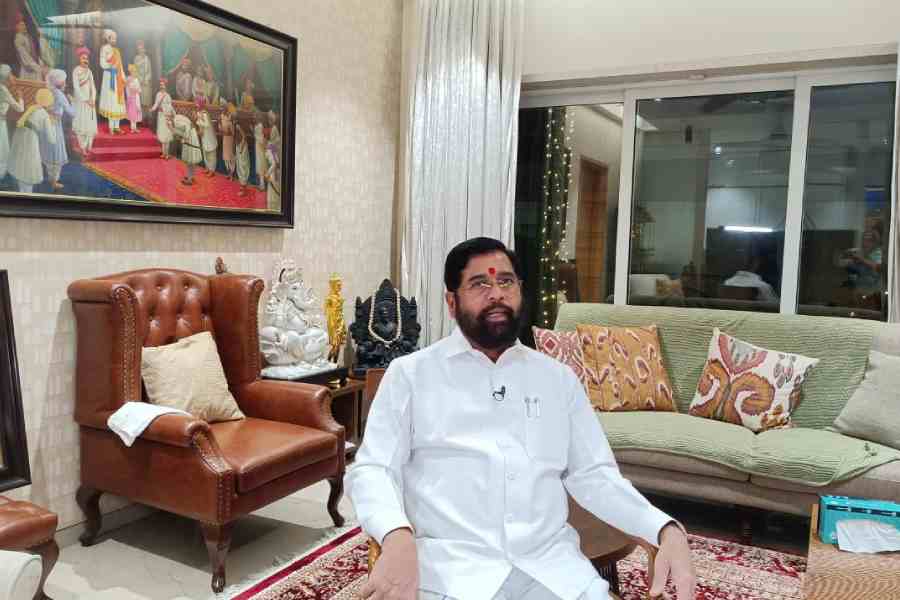The human longing for longevity is endemic to cultures. The desire, those with a cynical bent of mind would disagree, is understandable. For life and living should ideally be pleasant experiences. Civilizations have glorified and striven to realize the dream of keeping the Grim Reaper at bay in a myriad ways. The ancient ones, myths tell us, toiled to discover the fountain of youth. Modern man, armed with reason, has been dismissive of such primitive beliefs. He is assured that the miracle called medicine would eventually transform life into an elastic entity that can be stretched beyond four score and twenty.
But research has now found that the key to a long life lies not in medicines but in museums. A study conducted by researchers at University College London says on the basis of its examination of a sample of 6,000 adults in the United Kingdom aged 50 years and above that frequent trips to the museum and sites of art — concerts, opera, exhibition galleries — can play an instrumental role in prolonging life. The findings complement earlier research, which argued that engaging with community art projects helps battle serious health conditions such as depression, chronic pain and even dementia. It seems that investments in creative pursuits — watching, appreciating or critiquing art — could have therapeutic consequences for cognitive ability. It would be unwise to scoff at these inferences. For data seem to bear out the hypothesis. The life expectancy at birth in the UK is nearly 80 years for men and almost 83 for women, while the corresponding figures for India are 67.8 and 70.4. Can this difference be attributed to the fact that a lot many people visit the UK’s museums, which are stupendous repositories of not just the past but also culture?
The possibility of museums and art having a beneficial impact on longevity is also imbued with a sense of poetic justice. Artworks are considered to be timeless. In other words, they defy the ravages of time. What renders them invincible to the march of time are modern methods of conservation that museums in the West excel in. Similar institutions in India, unfortunately, offer a dismal picture; so much so that a visit to most museums or, for that matter, art galleries, with their dimly-lit rooms, dusty artefacts and sleepy attendants, may well take a toll on those with fragile constitutions. Neglect lies at the heart of this forlorn atmosphere. In 2016-17, the ministry of culture, which manages India’s dizzying array of artefacts and the cultural capital stored in museums, libraries and archives through the creaky Archaeological Survey of India, was allocated 0.14 per cent — an astoundingly miserly amount — of the budget. China, which India considers to be its principal regional competitor, had spent billions that same year, leading to a significant rise in the number of museums. What must also be noted is that by 2018, China’s life expectancy had reached 77 years.
Museums, evidently, can be the elixir of life, that of a people and a nation. India’s indifference towards these sentinels of past is thus unhealthy in more ways than one.


